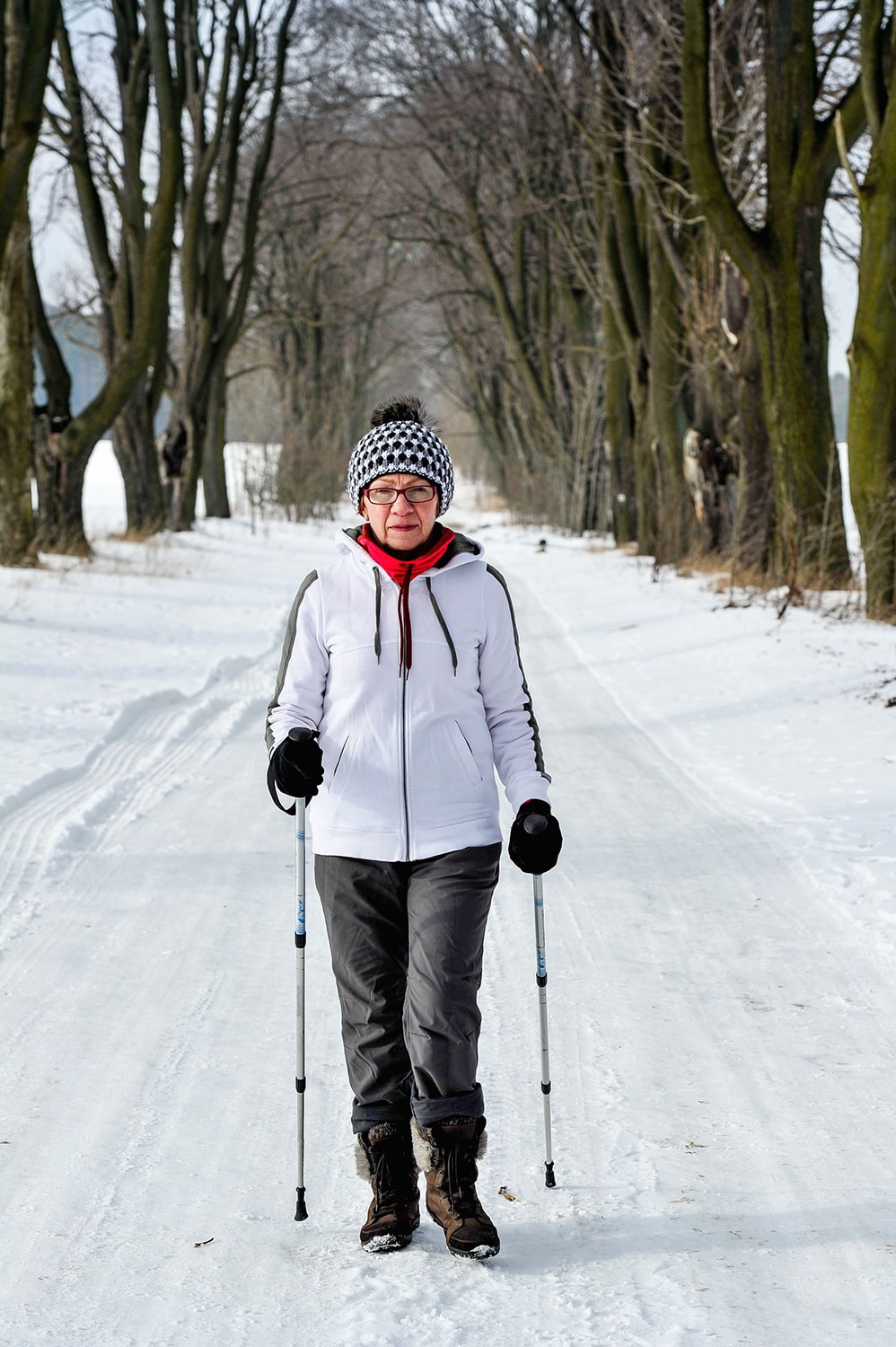What is an Age-Friendly Community?
Communities that promote the health, participation and security of older adults are described as “age-friendly.” Efforts to improve age-friendliness have been underway around the globe, thanks to the World Health Organization’s Age-Friendly Cities Initiative as well as the American Association of Retired Persons (AARP) Livable Communities Project. These projects work to enhance the lives of older citizens through partnerships between public service agencies, advocacy groups, businesses, educational, faith-based, and cultural organizations. Using this framework, we are making Rhode Island into a much more livable, age-friendly place.
Nine Key Areas Making Rhode Island More Age-Friendly

Building on the work of Aging in Community, a subcommittee of the Long-Term Care Coordinating Council, a strategic plan was created. The plan combines strategies and actions to address the needs of older adults in Rhode Island, and the challenges in gaps in services already identified.
Currently a coalition of stakeholders is working to further develop this plan to build an Age-Friendly Rhode Island. The nine domains, or key areas of concern, identified as being the most vital to elderly Rhode Islanders are:
- Communication and Information - offering comprehensive information so that older adults can learn about crucial support services
- Transportation - providing both private and public modes that are affordable to keep seniors mobile
- Community and Civic Engagement - social participation, volunteering and employment are some of the ways seniors remain connected to and contributing to the community
- Food Security and Nutrition - assuring access to food that meets nutritional needs and food preferences
- Economic Security - to maintain basic living standards and ensure financial well-being in meeting expenses for housing, food, healthcare and personal needs
- Healthcare Access - ensure quality medical care, including preventative, rehabilitative, behavioral, palliative and hospice care
- Maintaining Outdoor Spaces and Public Buildings - safe streets, accessible buildings and green spaces for physical exercise and recreation
- Housing - a wide range of affordable options to meet seniors’ needs and preferences to allow them to safely age in the community
- Supports to Remain at Home - fostering aging in place by adapting homes to accommodate changes that occur with aging, and provide affordable support services
